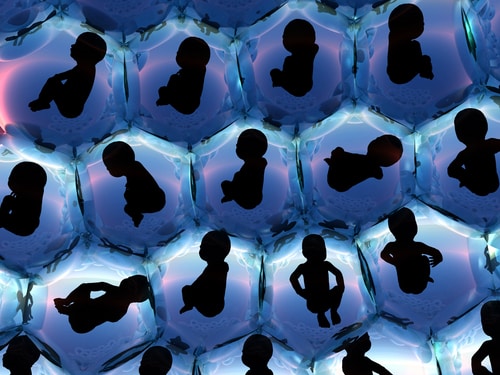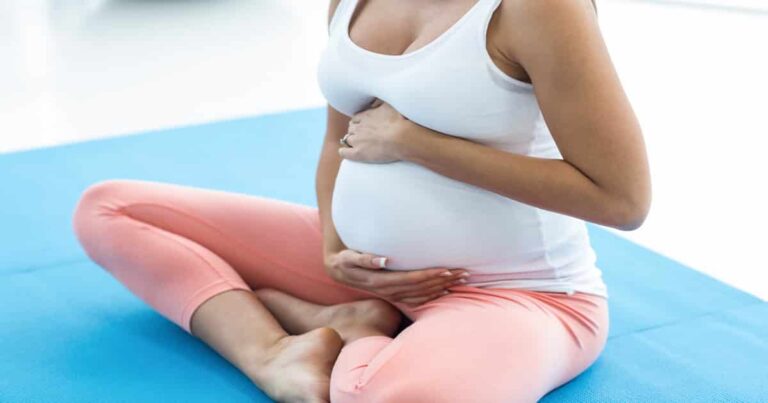Your IVF Baby May Come With A Birth Defect Risk No Longer
 IVF mothers who have been made more than a little nervous by those birth defects risks have reason to breeze back to into the doctor’s with fewer concerns. New research indicates that birth defects from IVF are on the decline. But doctors remain pretty puzzled as to what can account for this change. No worries though as they have some theories to share involving “healthy embryos.” No, you can’t adopt one.
IVF mothers who have been made more than a little nervous by those birth defects risks have reason to breeze back to into the doctor’s with fewer concerns. New research indicates that birth defects from IVF are on the decline. But doctors remain pretty puzzled as to what can account for this change. No worries though as they have some theories to share involving “healthy embryos.” No, you can’t adopt one.
Reuters reports that a Western Australian study of more than 207,000 births has produced some very important findings. Although assisted-reproduction techniques (ART) are proven to have a 37 percent increase in birth defects, researchers noted a decline in birth defects from 1998 to 2002 compared to 1994 to 1998. The decline was observed solely in births where the parents had utilized ART.
The major birth defects that surfaced in the study included cleft lip, hip dysplasia and malformations of the heart, abdominal wall and genitals. The study also took into account embryos that were consequently aborted due to birth defects.
Doctors remain unclear as to what can account for this change, but current theories are:
“Changes to clinical practice may be largely responsible with improved (laboratory techniques) leading to the transfer of ‘healthier’ embryos,” suggested Michele Hansen, the lead author of the study and a researcher at the Telethon Institute for Child Health Research in Subiaco, Western Australia.
“It is very difficult to assess the impact of each of these changes on birth defect risk, however, we believe that changes to laboratory practice…changes to the medications used for ovarian stimulation requiring lower doses and shorter stimulation periods; together with a decrease in the number of embryos transferred may all have had a positive impact on the ‘health’ of embryos transferred in ART treatments,” she told Reuters Health in an email.
Hansen elborates that “the vast majority of ART infants are born healthy and do not have a birth defect.” Looks like those IVF risks may be due for an upgrade, at least in Australia.
(photo: Chris Harvey/ Shutterstock)






